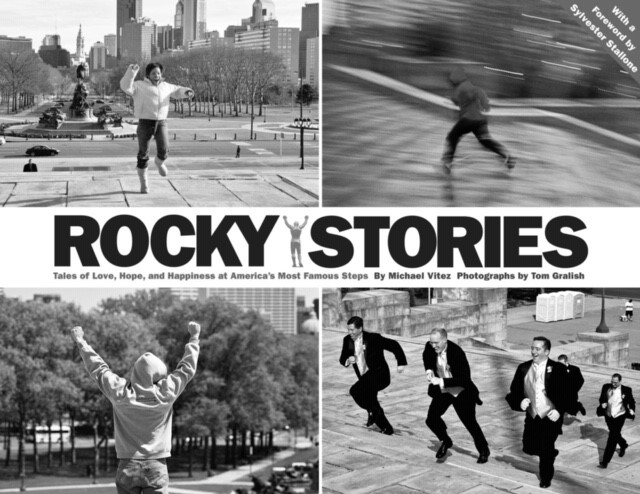Great films are grounded in great insights. And great insights are gained through research!
While much of storytelling can come from imagination and self-reflection, stories will be strengthened by looking beyond the self to better understand worlds, people, and ideas outside of one’s own immediate experience.
I believe films often fail to engage and impact because the filmmakers don’t invest the time and effort needed in relevant background research that would provide them enough meaningful material to really say and sustain something substantial.
Leading scholars and educators of storytelling in film have emphasized the importance of research, both to develop the story content and concepts (McKee, 1997) and to get reactions from others about developed content and concepts (Snyder, 2005).
In future posts I’ll explore more specifics about the conducting of research for film development using my own experience and examples from great films. But first, I want to propose an initial theory of story engagement and impact that can help guide the type of research we need to do.
I have found theories (i.e., models, frameworks) useful in conducting research for various purposes as they help inform questions to ask and how to arrange data gathered.
This initial theory of story engagement and impact draws from the ideas of leading educators of film writing (McKee, 1997; Snyder, 2005) as well as from empirical psychological research (Eden, Daalmans, & Johnson, 2017; Konijn & Hoorn, 2005; Ryan & Deci, 2000) along with insights from some of my own research and reflection.
Theory Principle #1: A story will engage and impact an individual to the extent it seems…
- Real – characters and situations that are believable to the individual
- Relevant – characters and situations the individual can identify with at a particular time
- Rightable – characters are pursuing something the individual believes is good, pursuing the “promise” of meeting core human needs
As an initial example, I’d suggest the success of the film ROCKY (1976) in financial return and human impact (see Vitiz, 2006) is largely due to it clearly fulfilling each element of this theory.

- The primary film characters (Rocky, Adrian, and Mickey) seem like real people one could meet and get to know, with real hopes and struggles, with flaws.
- The film’s three primarily film characters provide different relevant targets of connection for men and women, for younger and older individuals, all struggling with essentially the same “gaps” (to quote Rocky) which are common to many: feeling like “bums” and “losers” and longing for connection in a meaningful relationship.
- From the onset of the film we see indications of possibility that each of the three primary characters (and we vicariously) can experience a rightable change over the course of the story to meet their core human needs (healthy identity and healthy relationship).
This theory will undoubtedly evolve with time and with additional research, but it provides an initial framework to guide our story development research.
To finish up discussion of this theory, I will dedicate my next post to outlining a set of 7 core human needs that are integral to stories feeling real, relevant, and rightable.
References
Eden, A., Daalmans, S., & Johnson, B.K. (2017). Morality predicts enjoyment but not appreciation of morally ambiguous characters. Media Psychology, 20:349-373.
Konijn, E.A., & Hoorn, J.F. (2005). Some like it bad: Testing a model for perceiving and experiencing fictional characters. Media Psychology, 7:107-144.
McKee, R. (1997). Story: substance, structure, style, and the principles of screenwriting. HarperCollins
Ryan, R.M., & Deci, E.L. (2000). Self-determination theory and the facilitation of intrinsic motivation, social development, and well-being. American Psychologist, 55(1):68-78.
Snyder, B. (2005). Save the cat: the last book on screenwriting that you’ll ever need. Michael Wiese Productions.
Vitez, M. (2006). Rocky stories: tales of love, hope, and happiness at America’s most famous steps. Paul Dry Books.

Leave a Comment